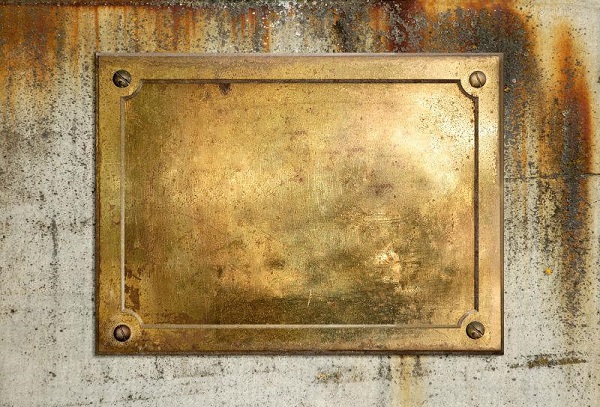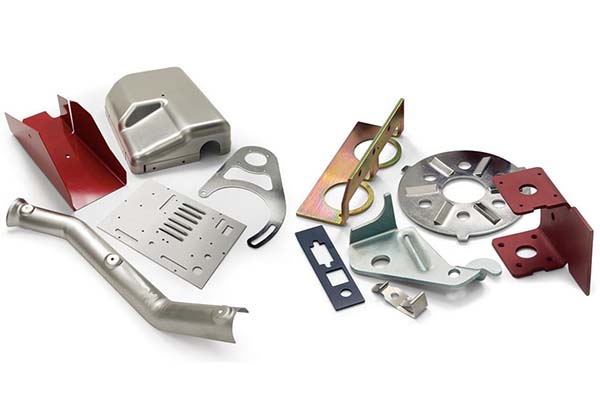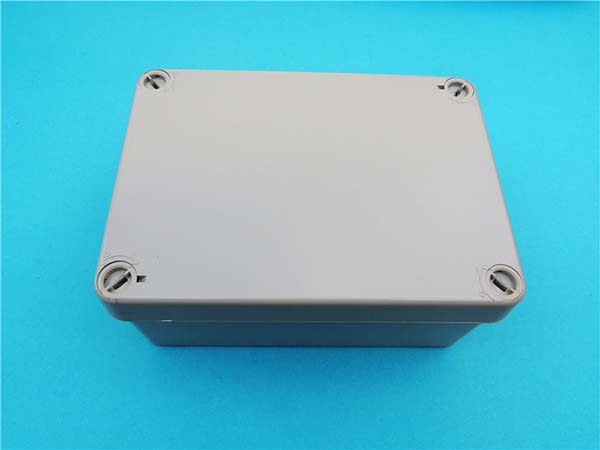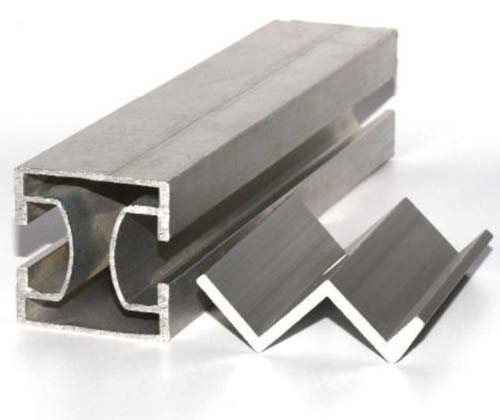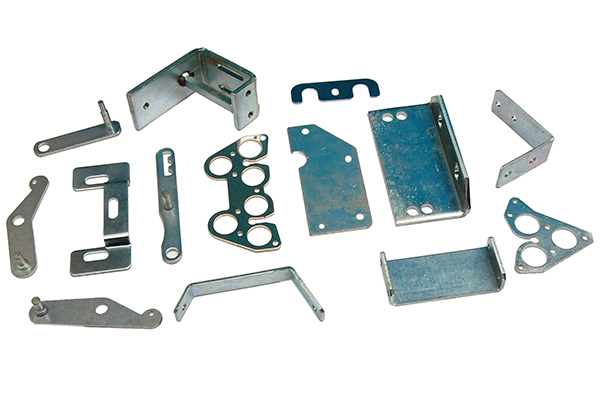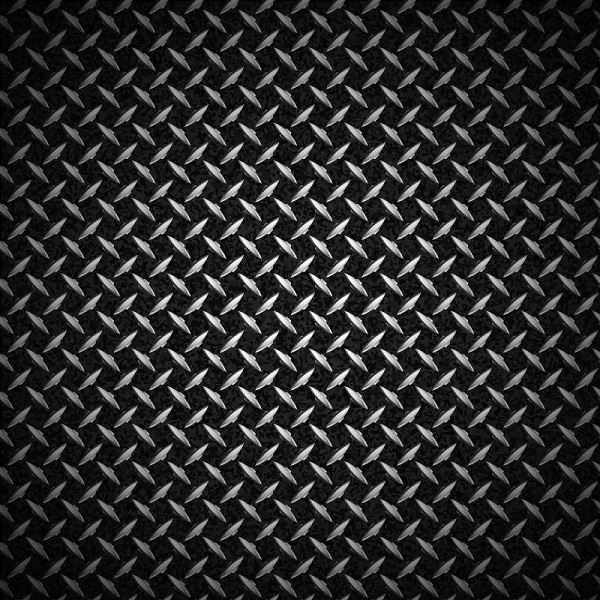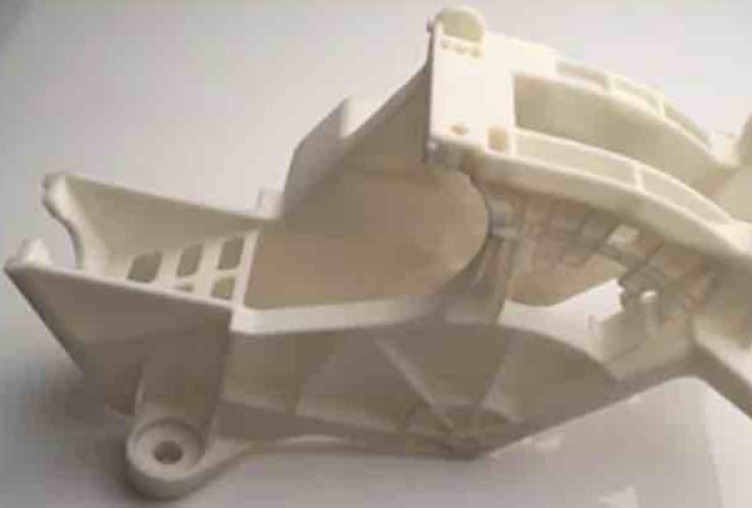Introduction
Brass sheet metal is a commonly used material in various industries, ranging from manufacturing and construction to arts and crafts. Its unique properties, such as excellent corrosion resistance, malleability, and attractive appearance, make it a popular choice for a wide range of applications. In industrial settings, brass sheet metal can be found in the production of electrical components, plumbing fixtures, and automotive parts. It is also widely used in the creation of musical instruments, decorative items, and architectural details.
In our daily lives, we may encounter brass sheet metal in door handles, hinges, and even some household appliances. Despite its widespread use, many people may not fully understand the characteristics, applications, and processing methods of brass sheet metal. This article aims to provide a comprehensive guide to brass sheet metal, helping you solve any problems you may encounter when using this material. Whether you are a professional in the manufacturing industry or a DIY enthusiast, the following information will offer valuable insights into the world of brass sheet metal.
What is Brass Sheet Metal?
Definition and Composition
Brass sheet metal refers to a flat - rolled product made from brass, which is an alloy primarily composed of copper (Cu) and zinc (Zn). Brass sheet metal is valued for its unique combination of properties derived from its elemental composition. The copper in the alloy provides good electrical and thermal conductivity, as well as excellent corrosion resistance in many environments. Zinc, on the other hand, contributes to the strength and hardness of the brass.
The proportion of copper and zinc in brass can vary widely, typically ranging from 55% to 95% copper and 5% to 45% zinc. Different ratios result in different properties of the brass sheet metal. For example, as the zinc content increases, the strength and hardness of the brass increase, but the corrosion resistance may slightly decrease. A common type of brass, such as cartridge brass, contains about 70% copper and 30% zinc. This composition gives it good formability, making it suitable for deep - drawing processes to create products like cartridges, hence the name.
Properties of Brass Sheet Metal
- Corrosion Resistance: Brass sheet metal has excellent corrosion resistance, especially in water and atmospheric environments. For instance, in a normal outdoor environment with moderate humidity, brass sheet metal can resist corrosion for years without significant degradation. In a salt - water environment, it can last for months to years depending on the exact salt concentration and exposure time. Some brass alloys with special additives can even resist the corrosive effects of certain chemicals, such as dilute acids to a certain extent.
- Malleability and Machinability: It is highly malleable, which means it can be easily formed into various shapes through processes like bending, rolling, and stamping. This makes it suitable for manufacturing complex - shaped components. Its machinability is also good, allowing for precise cutting, drilling, and threading operations. Machinists can achieve tight tolerances when working with brass sheet metal, with some high - precision machining processes able to achieve tolerances within ±0.05mm.
- Electrical and Thermal Conductivity: Brass has relatively good electrical and thermal conductivity. While not as high as pure copper, it still conducts electricity well enough to be used in many electrical applications. In electrical connectors, for example, brass sheet metal can effectively transmit electrical signals. Its thermal conductivity also makes it useful in heat - transfer applications, such as in some heat exchangers where it can help transfer heat efficiently between different media.
- Antimicrobial Properties: One unique property of brass is its antimicrobial nature. Studies have shown that brass surfaces can kill a significant amount of bacteria, viruses, and fungi over time. For example, Escherichia coli (E. coli) and Staphylococcus aureus can be inactivated on brass surfaces within a few hours, which makes brass sheet metal a great choice for applications in healthcare facilities, food processing plants, and public areas where hygiene is crucial.
Types of Brass Sheet Metal
Common Alloys
There are several types of brass sheet metal alloys, each with its own unique composition and properties.
| Alloy Name | Copper Content (%) | Zinc Content (%) | Other Elements | Characteristics | Typical Applications |
| Common Brass (e.g., 70/30 Brass) | 70 | 30 | - | Good formability, high corrosion resistance in normal environments, bright golden - yellow appearance | Decorative items, musical instruments (such as brass horns), plumbing fittings like faucets |
| Leaded Brass (e.g., HPb59 - 1) | 57 - 60 | Balance | Lead (1 - 3%) | Excellent machinability due to the addition of lead, good strength and corrosion resistance | Precision machined parts, such as screws, nuts, and fittings in the automotive and electronics industries |
| Tin Brass (e.g., HSn70 - 1) | 69 - 71 | Balance | Tin (0.8 - 1.3%) | Enhanced corrosion resistance, especially in marine and industrial environments with high humidity or chemical exposure. Also has good strength and formability | Marine hardware (such as ship fittings, propellers), heat exchangers in industrial settings |
| Aluminum Brass | 60 - 70 | Balance | Aluminum (1 - 3%) | High strength, good corrosion resistance, and improved resistance to dezincification (a form of corrosion in brass). It also has good heat - transfer properties | Heat exchangers in power plants, condensers, and some architectural applications where strength and corrosion resistance are required |
| Manganese Brass | 54 - 62 | Balance | Manganese (1 - 4%) | High strength, good wear resistance, and relatively good corrosion resistance. It can withstand higher mechanical stress | Heavy - duty mechanical parts, such as gears, shafts, and valves in industrial machinery |
How to Choose the Right Brass Sheet Metal?
Consider Your Needs
When choosing brass sheet metal, the first step is to consider your specific needs. Think about the intended application and the properties required for the project. If you need a material for electrical components, you'll want to focus on the electrical conductivity of the brass sheet metal. For applications in a marine environment, corrosion resistance, especially resistance to salt - water corrosion, should be a top priority. In the case of manufacturing musical instruments, both the acoustic properties and the aesthetic appearance of the brass are crucial.
For architectural applications like decorative trims, the malleability of the brass sheet metal allows for intricate designs to be formed. For industrial machinery parts, strength and wear - resistance might be more important. For example, if you are making precision - machined parts for a high - performance engine, a leaded brass alloy with good machinability and strength would be a suitable choice.
Supplier Reputation
Selecting a reliable supplier is essential when purchasing brass sheet metal. A reputable supplier can provide high - quality products that meet industry standards. Look for suppliers with positive customer reviews and a long - standing reputation in the market. Check if they have relevant certifications, such as ISO 9001 for quality management systems.
A good supplier should also have a large inventory, ensuring that they can meet your quantity requirements. For instance, Yigu Technology, as a non - standard plastic metal products custom supplier, has a solid reputation in the industry. They have advanced production equipment and a professional technical team, which enables them to provide customized brass sheet metal solutions. Their products are known for their consistent quality, and they offer excellent after - sales service, making them a trustworthy choice for customers seeking brass sheet metal.
Yigu Technology's Viewpoint
Yigu Technology, as a non - standard plastic metal products custom supplier, has rich experience in brass sheet metal processing. We possess advanced production equipment, such as high - precision laser cutting machines and state - of - the - art stamping presses. This enables us to handle various complex processing requirements with ease.
Our professional technical team consists of experienced engineers and skilled workers. They are proficient in different brass sheet metal alloys and their properties. Whether it's choosing the right alloy for a specific project or providing advice on processing techniques, our team can offer valuable insights.
We are committed to providing customized solutions for our customers. If you have unique requirements for the shape, size, or surface treatment of brass sheet metal, we can tailor - make products to meet your needs. From small - scale prototypes to large - volume production, Yigu Technology is your reliable partner in the field of brass sheet metal processing.
FAQ
What are the common thicknesses of brass sheet metal?
Common thicknesses of brass sheet metal typically range from as thin as 0.05mm, which is often used in applications like precision electrical components or delicate decorative inlays. Thicker sheets, around 3 - 6mm, are suitable for making plumbing fixtures such as faucets and valves due to their strength and durability. For industrial machinery parts that require more substantial material, brass sheet metal with a thickness of 10 - 20mm might be used.
How to distinguish the quality of brass sheet metal?
To distinguish the quality of brass sheet metal, first, observe the surface. High - quality brass sheet metal should have a smooth and uniform surface without visible scratches, pits, or impurities. Second, check the hardness. You can use a simple hardness - testing tool like a file; high - quality brass will have a consistent resistance to filing. Finally, ask the supplier for the material test report, which shows the exact composition of the brass alloy, ensuring it meets the required standards.
Can brass sheet metal be recycled?
Yes, brass sheet metal is highly recyclable. The recycling process involves melting down the used brass sheet metal. Impurities are then removed, and the purified brass can be recast into new products. Recycling brass sheet metal not only reduces the demand for virgin copper and zinc ores but also saves energy and reduces environmental pollution associated with the extraction and smelting of these ores. It is estimated that recycling brass can save up to 90% of the energy required to produce new brass from raw materials.
